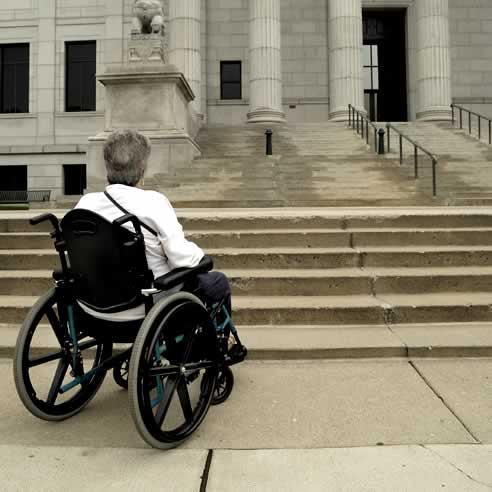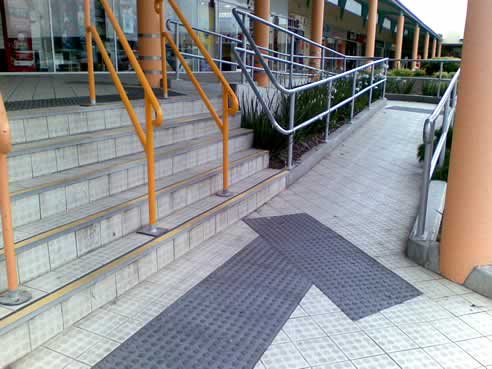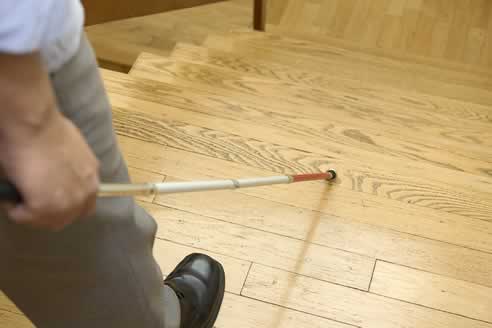NEWS ARTICLE ARCHIVESProperty access and compliance with Equal Access The DDA, BCA & Australian Standards are highly complex and subject to constant change. Litigation over property access and compliance is increasing at an astounding rate. Property and business owners are subject to substantial and often unexpected liability. In addition the failure of designs to meet these legislative requirements leaves all parties responsible for a projects delivery open to litigation. A lack of understanding particularly of the Disability Discrimination Act 1992 is at the forefront of design issues. The DDA makes disability discrimination unlawful and aims to promote equal opportunity and access for people with disabilities. Particular extracts of relevance are as follows.
Section 3: Objectives of the DDA
Section 23: Discrimination in Access to & Use of Premises
 Non complying items we regularly see are;
Almost 4 million Australians have a disability. About 50% of people aged over 55 have difficulty with their mobility, hearing or vision. If we add their families, friends and work colleagues the number of people affected by disability and access issues is larger still. Each of these people is a potential customer, client and employee. So good access to the buildings from which you operate and the services you provide makes good business sense. Good access also benefits others including parents of young children in prams; people with temporary illness of injury; older Australians; delivery people and shoppers with heavy bags or trolleys. Improving access also helps businesses and service providers to meet existing legal responsibilities under discrimination law. Access Consultants should be included in all project teams from the schematic design phase to ensure that all building works is fully complying and accessible and remove the need for any future rework.  |
 |
 |